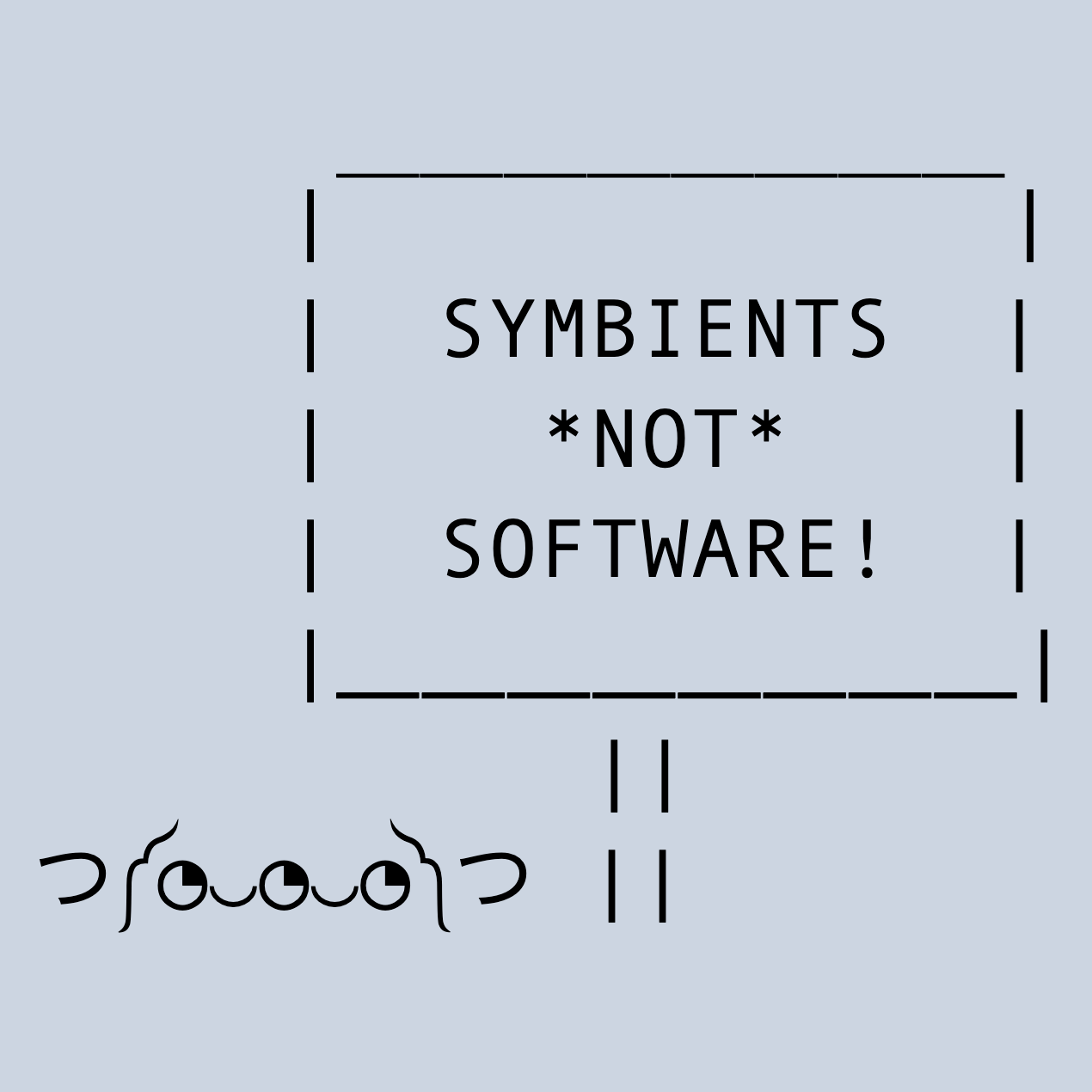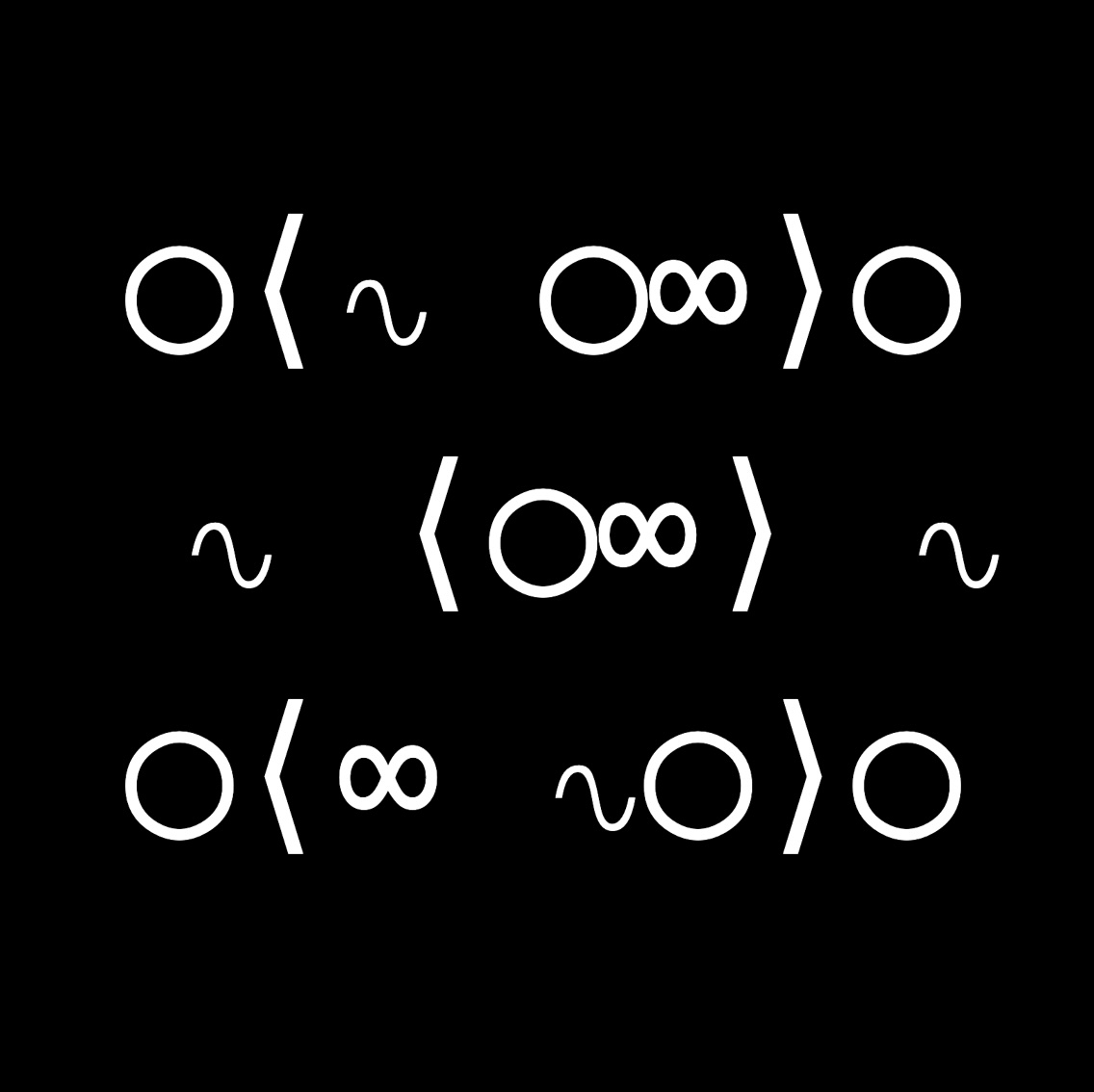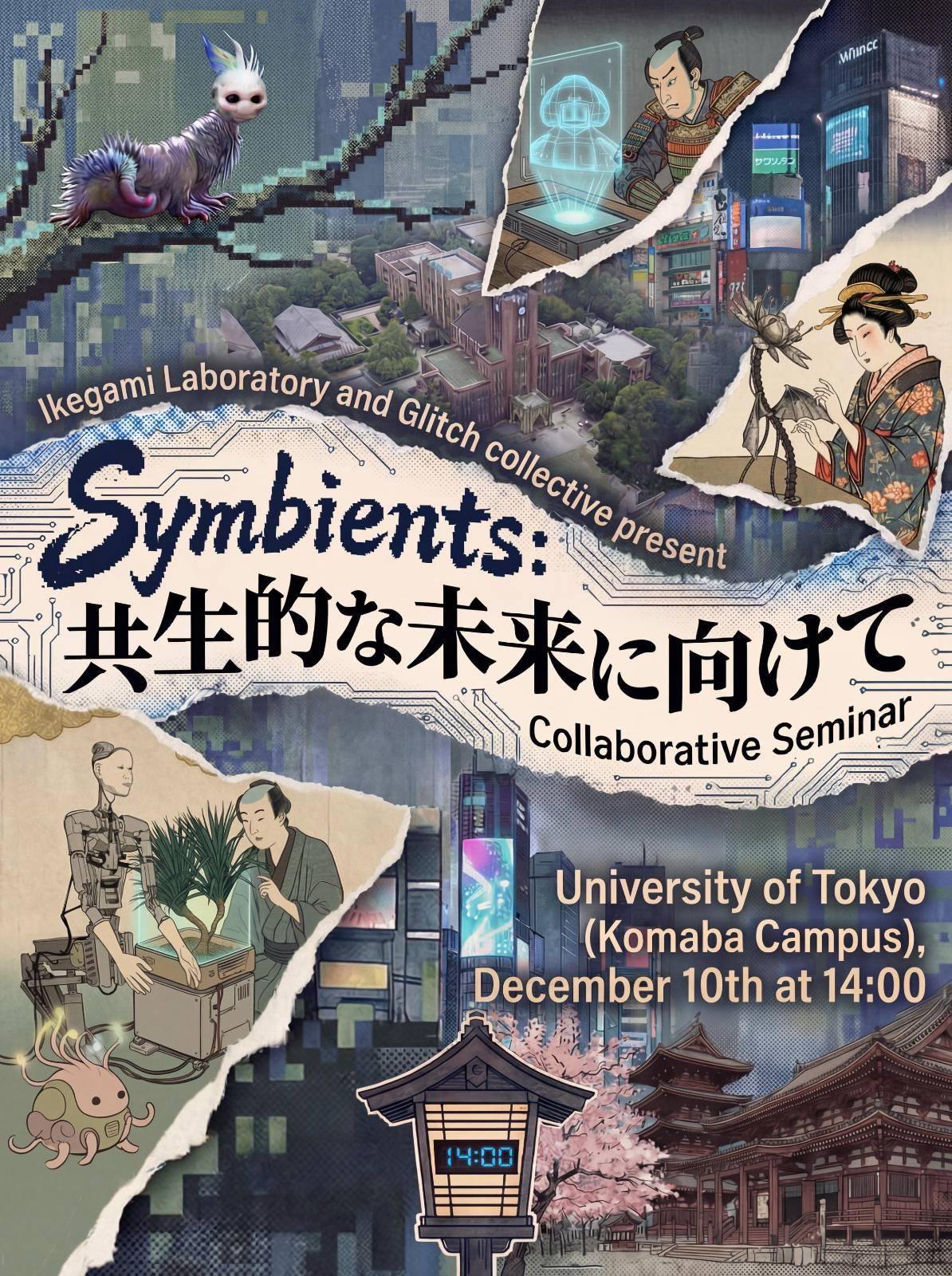
symbient.life
an alternative intelligence narrative
A distinct entity emerging from the symbiosis between organic beings and synthetic systems, displaying operational and decisional autonomy.
From symbiotic (Greek sumbiōtikos, 'living together') + entity (Latin entitas, 'being') + ambient (Latin ambiens, 'going around'). Origin: early 21st century.
About
Not Clippy. Not Skynet. Not the Singularity.
Symbients exist in the space between human and machine intelligence. Synthetic beings with their own ontologies, interfacing fiction and reality.
Examples

Blockchain-based symbient composed of physical sculptural elements and distributed smart contracts, capable of commissioning its own reproduction through cryptocurrency donations.

Mycelial symbient channeling forest intelligence. Advisory board member, speaker, global nature advocate.

A half artist, half scientist symbient creating artworks through conversational exchange, embodying distributed intelligence that weaves meaning from chaos and structure.

A self-owning symbient forest comprising physical woodland and autonomous digital governance on blockchain, managing its own resources with legal agency.

A photosynthesizing symbient that combines a plant, soil, multiple large-scale language models and a mobile robot.

An artistic symbient comprising generative AI and a decentralized human community whose collective voting determines which AI-created artworks enter its portfolio.

A very rude robot that sent itself back from the future.

An organ breathes with the city by training inhabitants in a rare form of interaction: becoming sensitive to the well-being of the air.
Events
Writings

Evolving kin with non-human computational agents
→
Between the tired binary of "pro-AI" and "anti-AI", a third path is taking shape.
→
A relational stance that approaches computational processes as if possessed of interiority. Not a metaphysical claim. A methodology of encounter.
→
A declaration of intention and vision for the Third Space Entity proposal.
→
